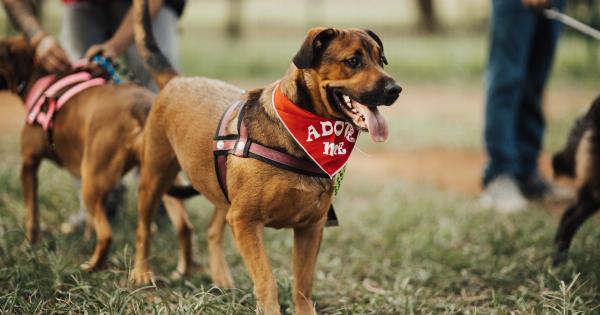Dogs are one of the most diverse species on earth, with over 300 recognized breeds. While all dogs share a common ancestor, their evolution has taken different paths leading to various sizes, shapes, and characteristics.
Large dog breeds, in particular, have a fascinating evolutionary history that offers insights into the significance behind their size and the role it played in their survival.
Size Matters: Adaptation and Survival
The size of a dog breed is not simply a result of genetic variation but has been shaped by natural selection and human intervention.
Large dog breeds, such as the Great Dane, Saint Bernard, and Mastiff, have evolved to have a substantial body size, which has conferred numerous advantages throughout history.
One of the primary evolutionary advantages of large dog breeds is their impressive strength and power. For instance, breeds like the Bernese Mountain Dog were historically used for pulling heavy loads in mountainous regions.
Their size and strength allowed them to excel in tasks requiring significant physical force, making them indispensable working companions for humans.
Large dog breeds also often possess a deep chest and well-developed lungs, which provide them with increased endurance and stamina.
This adaptation made them well-suited for tasks involving long distances or extended periods of physical exertion, such as hunting or herding.
Another advantage of size in larger dogs is their imposing presence. Throughout history, large breeds have been utilized for guarding and protecting livestock, homes, and people.
Their sheer size and intimidating appearance served as a deterrent to potential predators or intruders, effectively safeguarding their charges.
The Role of Domestication and Selective Breeding
While natural selection played a significant role in determining the size and traits of ancient dog breeds, the process of domestication further influenced their evolution.
Humans have selectively bred dogs for specific purposes, including size, temperament, and working abilities.
During the early stages of domestication, humans favored larger dogs for their utility in various tasks.
Dogs that excelled in hunting, pulling, guarding, or other beneficial activities were selectively bred, leading to the propagation of their desirable traits, including size. As a result, larger dog breeds became more prevalent and widely distributed.
However, it’s worth noting that human preferences for large dogs were not solely practical. Large dog breeds often symbolize power, prestige, and status.
Throughout history, they were favored by nobility and aristocrats, who used them as symbols of wealth and luxury. This preference for large dogs perpetuated their breeding and perpetuated their size throughout generations.
Examples of Large Dog Breeds and Their Evolutionary Significance
The Great Dane
The Great Dane, known for its giant size, is often referred to as the “Apollo of dogs.” This breed traces its roots back to ancient Egyptian times, where large dogs were revered for their hunting prowess.
The evolution of the Great Dane’s size has allowed them to excel in various tasks, including hunting boars, guarding estates, and accompanying horse-drawn carriages.
The Saint Bernard
The Saint Bernard is a breed known for its imposing size and gentle temperament. Originating in the Swiss Alps, these dogs were bred by monks to aid in their search and rescue missions in snow-covered terrains.
Their large size enables them to navigate through deep snow, locate lost travelers, and provide warmth and companionship until help arrives.
The Mastiff
Mastiffs are one of the oldest and largest breeds, with a history dating back thousands of years. These gentle giants were used as war dogs in ancient times, standing as tall as four feet and weighing over 200 pounds.
The size of the Mastiff, combined with its fierce loyalty and protective nature, made it a formidable opponent in battles and a valuable guardian for homes and livestock.
Contemporary Roles of Large Dog Breeds
While the roles of large dog breeds have evolved over time, their size remains significant in modern society.
Many large breeds, such as the German Shepherd and the Rottweiler, work as police and military dogs due to their imposing size, strength, and capacity for training.
Large dogs, such as the Golden Retriever and Labrador Retriever, are commonly employed as service dogs, aiding individuals with disabilities or performing search and rescue operations.
The size of these breeds allows them to support the weight of their owners or traverse challenging terrains during rescue missions.
Conclusion
The evolutionary significance of large dog breeds is multifaceted, encompassing both natural selection and human intervention. Their size has provided them with advantages in tasks requiring strength, endurance, and protective qualities.
The combination of natural selection and domestication has perpetuated the size of large breeds throughout generations, making them valuable companions and workers for humans. Today, large breeds continue to play important roles in society, showcasing the enduring legacy of their evolutionary significance.





























